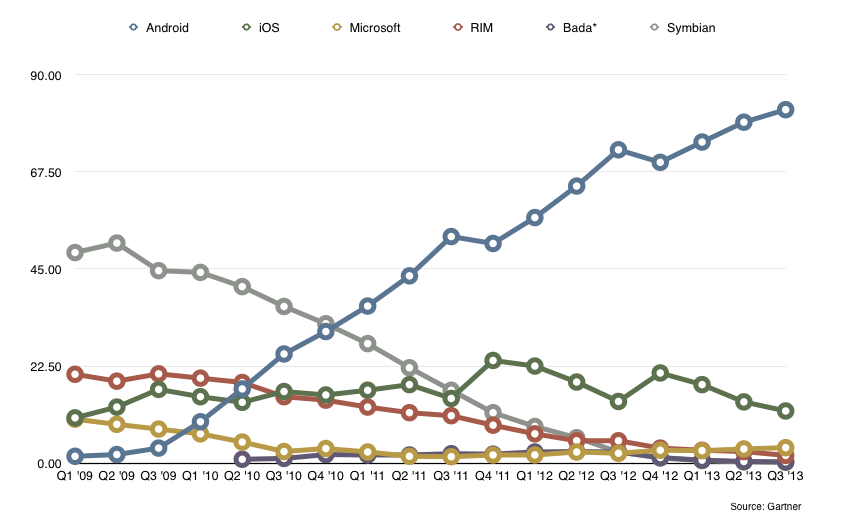
Benedict Evans has a must read slide deck from his mobile is eating the world presentation. I’m going to piggyback on his title a little and tackle the narrative that Android is eating the world. It is the narrative that is hard to escape and it would be a significant point if it was a unified version of Android which was eating the world. However, when you take a step back, and view Android in the big picture, you learn it is in fact an extremely fragmented Android which is eating the world.
I’m fond of saying that Android in its purest form is not a platform. It is a technology which enables companies to create platforms. Samsung is using Android to create a platform. Amazon has used Android to create a platform. Nearly every major OEM in China is using Android to create a platform. ((There are 100 different app stores in China based on Android. 20 of them are the major players and each has its own billing and certification process)) And Google is using Android to create a Google specific platform. ((Consumer behavior, by way of app download trends and purchasing vary greatly by each app store)) All of these companies and more are taking Android to create their own platform and their own ecosystems. There is no single unified Android codebase which is dominating the world. There is no single Android app store, there is no single Android ecosystem. What does exist is a vast array of different platforms and different ecosystem running this underlying kernel called Android.
Where I think the confusion in the Android is eating the world narrative exists is the line of thinking that Google = Android. That every bit of the Android is winning narrative is a narrative that benefits Google. This view represents a clear mis-understanding of Android and what it is and why it exists.
The Role of the Android Platform
There is only one company in the market right now that does not need platform assistance from a third party. That is Apple. Every other hardware company needs a third party to provide them with software to run on their hardware. Microsoft has been this company for most of the computing era. Google, with Android, has provided the Microsoft alternative to the mobile world. Hardware OEMs need this third party software support because they need a company to provide a platform and standards support for a wide variety of technologies.
However between the two, Android offers to hardware OEMs what Microsoft does not, the ability to differentiate. Ship Windows or Windows Phone and your product from a software standpoint is no different from your competitors. Which means your basis to compete is extremely limited to form and price. Android, on the other hand, allows hardware companies to take the platform which Google is supporting with standards and driver support and customize it in a way to offer some level of visual and feature differentiation at a software level. Microsoft is providing a standardized unified platform. Google is providing a standardized platform to create other platforms / ecosystems. These solutions are very different and enable entirely different ecosystems.
The Multiple Android Markets
I wrote a few weeks ago about how Android is enabling appliance electronics to get more intelligent. In this regard, Android is very similar to embedded Linux. Android is likely poised to power refrigerators, thermostats, coffee pots, robots, you name it. Android as a platform in this regard is very interesting. But again this the embedded version of Android not the one that powers smartphones, tablets, TVs, etc. That is a very different Android. This version of Android is the most interesting to me.
The other Android market is the one for products like smartphones and tablets. This market is the one that garners the most attention. Yet when you look at Android’s smartphone and tablet market share you see that the bulk of it is made up from devices that are considered in the mid-low range of price points. Android’s share of premium handsets is very small, less than 15% globally. The vast majority of Android’s market share rise over the past few quarters has come from the low-end or devices costing wholesale less than $250. ((Creative Strategies, Inc estimates.))
The same is true in tablets where last quarter Android white box tablets costing less than $100 made up just over 30% of device shipments. ((IDC estimates.))
Looking at the share of devices at certain price points, and what OS they run, it is clear that Android owns the low-end and Apple owns the high-end. In many emerging markets there will be a battle for the mid-range between Apple and Android OEMs. Looking at Android in this light highlights its importance. Had Google not released Android what platform would have risen to serve the low-end? Android is in fact helping develop, developing parts of the world. From a technology standpoint, Android’s role in helping to develop emerging markets is in fact a good thing.
So while is true that Android is eating the world, it is doing so in a very non-unified way outside of driver and standards support. This adds to the level of complexity to any analysis about Android. Android is eating the world but what is interesting is that not only Google owns Android. Android is owned by all and benefit all in entirely different ways.
When you take a step back you realize that we have never had anything quite like Android before. While we may make assumptions about what Google may do with their version of Android, we can’t make the same assumptions with what other hardware companies will do with their version of Android. To keep enabling this multiplicity of Android ecosystems all Google simply has to do is keep up with driver and standards support. Perhaps this was the point of Android all along.
What remains unclear is how Google can benefit, which may not be the point or even necessary, from the landscape Android is enabling. They have all but given up in China. iOS devices are worth more to them in every major developed market. They would of course love to see this change but there is no evidence to suggest otherwise. So Android dominants the low-end of the tablet and smartphone market and commodity connected electronics. Time will tell in what ways this benefits Google. But as I mentioned, it may not the point of Android or even necessary for Google.
Google does not equal Android. You understand this when you can see the forest in the trees.






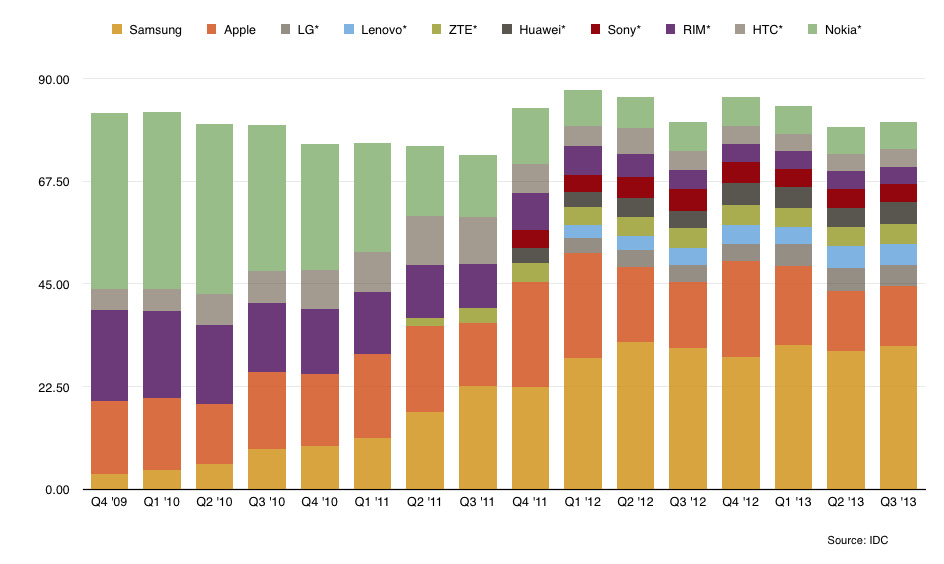

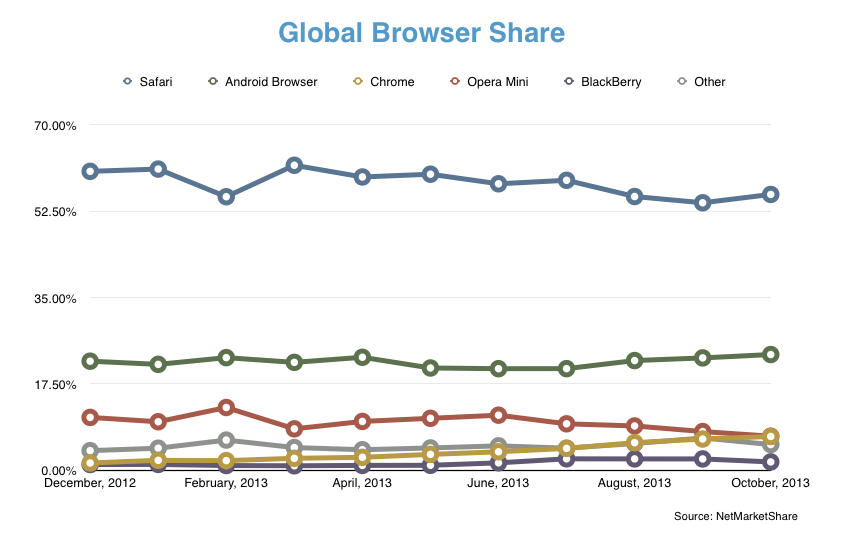

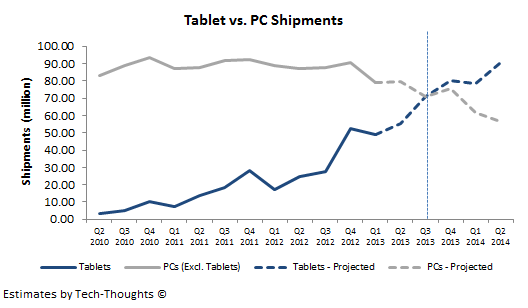
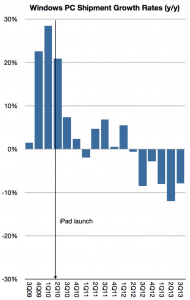
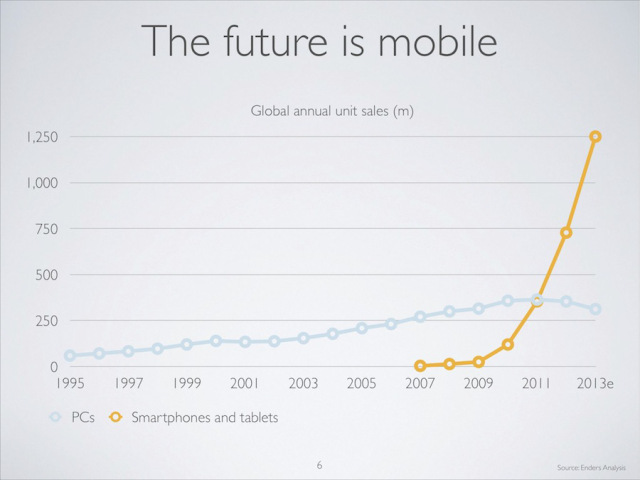
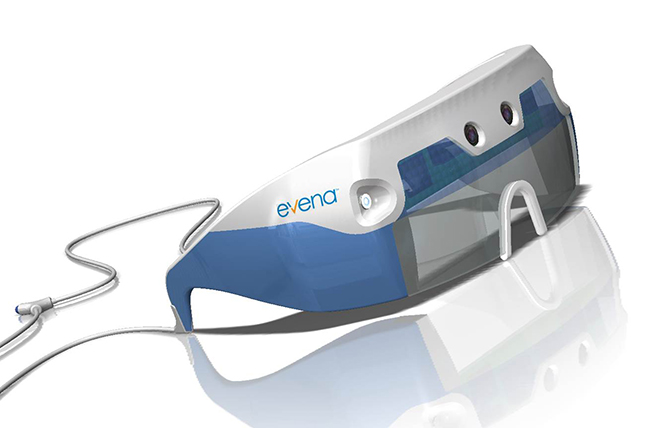
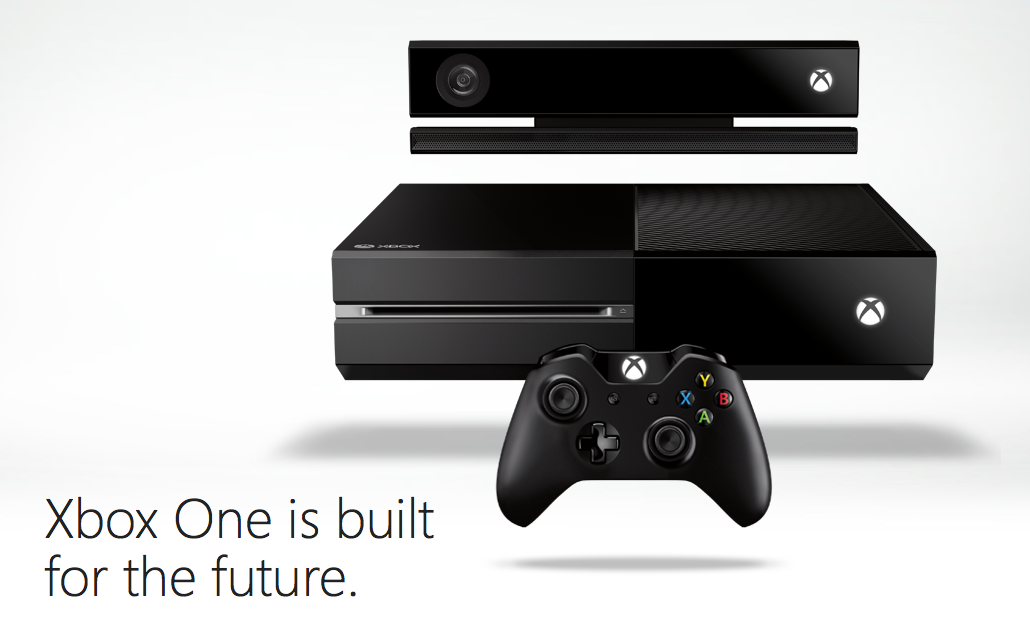



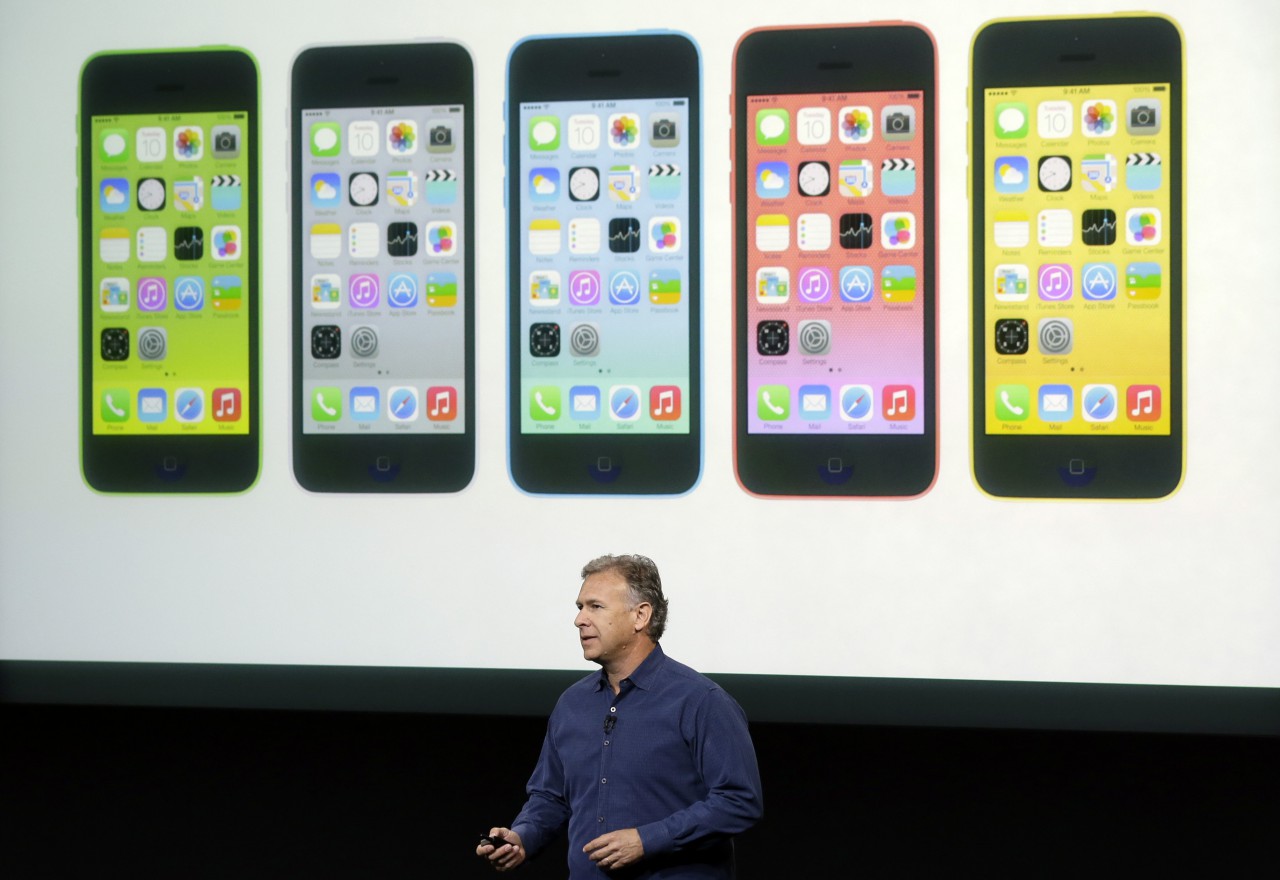



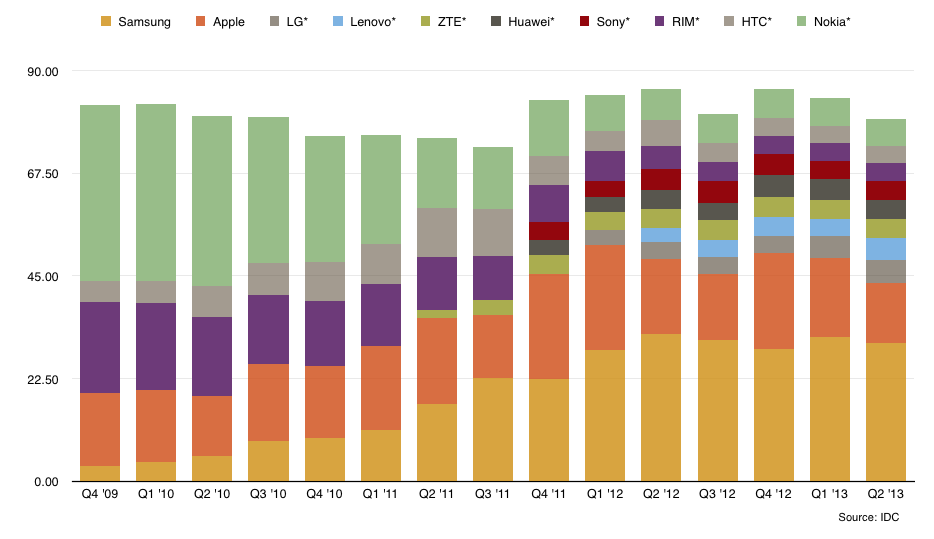




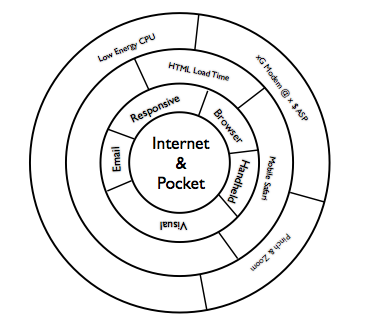

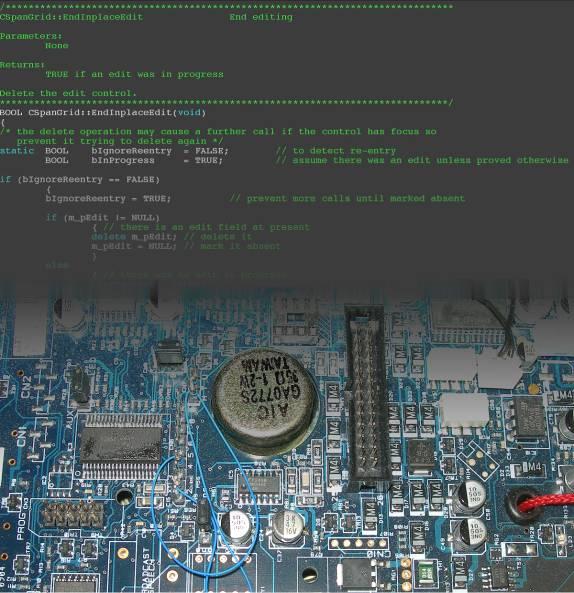
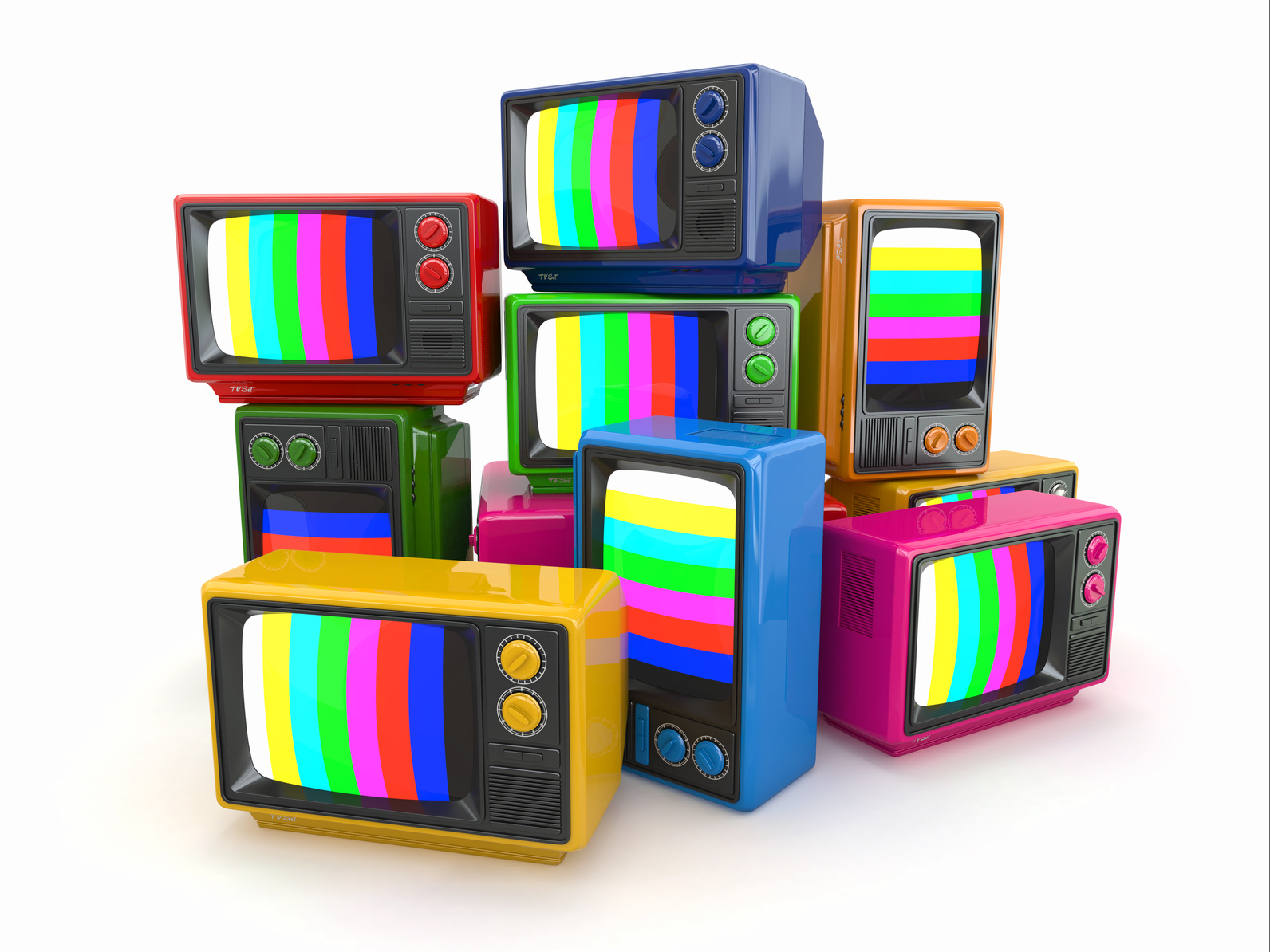
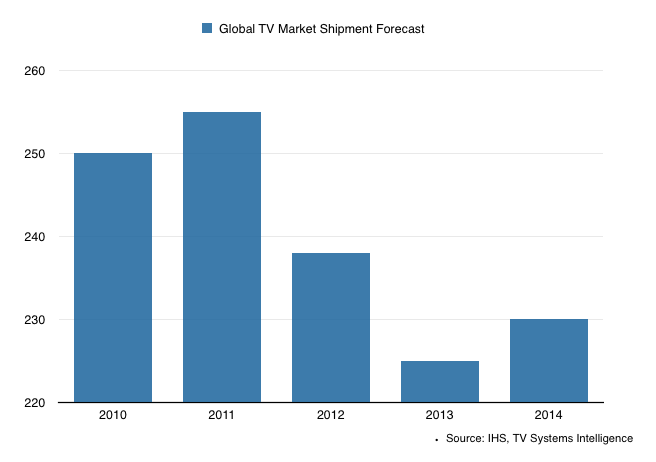
 See update below
See update below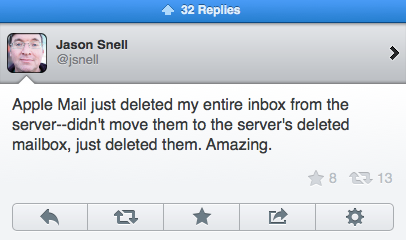 There were reports of many other issues. Jason Snell, the editorial director of Macworld was horrified to discover that the entire contents,of his Exchange mailbox had simply vanished. I found that Mail was no longer appended a signature to my outgoing messages on one of the two Macs I have updated. When I tried to fix the problem, the program would not let me choose any of the signatures it knew existed.
There were reports of many other issues. Jason Snell, the editorial director of Macworld was horrified to discover that the entire contents,of his Exchange mailbox had simply vanished. I found that Mail was no longer appended a signature to my outgoing messages on one of the two Macs I have updated. When I tried to fix the problem, the program would not let me choose any of the signatures it knew existed.


 It is the equivalent of concluding that if we do not understand the theory of relativity, that Einstein must have been a moron. Oh, pardon me — I mean, a ‘moran’.
It is the equivalent of concluding that if we do not understand the theory of relativity, that Einstein must have been a moron. Oh, pardon me — I mean, a ‘moran’.